Changing Climate Complicates Central Asian Water Management
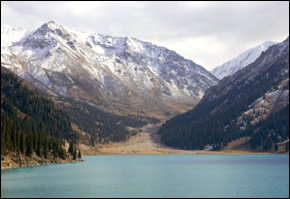 Glaciers in Kyrgyzstan are melting at a faster rate and creating new challenges for water management in Central Asia, the BBC reports.
Glaciers in Kyrgyzstan are melting at a faster rate and creating new challenges for water management in Central Asia, the BBC reports.
Glacier mass in Kyrgyzstan’s Tien Shan Mountains has decreased 20 percent in the last 50 years with most of the melting occuring in the past two decades.
All 2,200 of Kyrgyzstan’s glaciers could melt within a century, predicts Bakutbek Ermenbaev, a geologist for the state hydrogeology agency. However, all estimates with long-term horizons have a high level of uncertainty. Most water models for Central Asia show a short-term increase in water availability but long-term shortages.
The present rate of glacial decline is 1 percent per year, according to a United Nations Development Program background paper on climate change in Central Asia.
Similar rates have been found in neighboring Tajikistan, where glaciers in the Pamirs decreased 7 percent from 1978-1990 and 11 percent from 1990-2001, according to a study published in Remote Sensing of Environment.
The mountains of Kyrgyzstan and Tajikistan supply about 75 percent of the water in the two major rivers of the region – the Amu Darya and the Syr Darya.
Water management has been a problem for the former Soviet countries of Central Asia since they became independent in 1991. Despite independence, water allocation still follows decisions made during the Soviet period. Downstream countries Uzbekistan, Turkmenistan and Kazakhstan were given and still have most of the use rights because of their large agricultural sectors. The upstream countries of Kyrgyzstan and Tajikistan were allocated very little water even though most of the supply comes from their territory.
Political conflict has occurred because of dam building upstream and debates about how to address the drying Aral Sea.
Kyrgyzstan and Tajikistan are eager to build hydroelectric facilities to provide a secure supply of energy. But downstream countries fear that dams would give those upstream total control of the water supply and reduce their irrigation potential.
Kyrgyzstan’s Prime Minister, Igor Chudinov, is using climate change to encourage investment in the proposed Kambarata-1 dam, a Hydroelectric Power Plant.
“Climate change and global warming are of big importance for Kyrgyzstan. Following the UN Climate Change Summit we look differently at construction of hydropower stations. [Construction] will significantly reduce the volume of hazardous emissions into the air. Construction of Kambarata-1 can also be considered through the prism of the Kyoto Protocol. Its launch can also reduce toxic emissions,” said Chudinov, reports CA Water Info.
Tajikistan’s government has its own projects it would like to start – if it can find funding.
President Imomali Rahmon visited Russia last week to discuss water issues with Russian President Dmitry Medvedev. While Medvedev reaffirmed a commitment to build three small hydropower facilities, no progress was made on re-starting the Rogun dam, Radio Free Liberty/Radio Europe reports.
Construction on the 335-meter dam began in 1976, but stalled after the Soviet Union disbanded and independent Tajikistan did not have the money to continue building it.
Source: BBC News
Read more from Circle of Blue about glaciers in Europe, Argentina, Nepal and the Himalayas.
Brett writes about agriculture, energy, infrastructure, and the politics and economics of water in the United States. He also writes the Federal Water Tap, Circle of Blue’s weekly digest of U.S. government water news. He is the winner of two Society of Environmental Journalists reporting awards, one of the top honors in American environmental journalism: first place for explanatory reporting for a series on septic system pollution in the United States(2016) and third place for beat reporting in a small market (2014). He received the Sierra Club’s Distinguished Service Award in 2018. Brett lives in Seattle, where he hikes the mountains and bakes pies. Contact Brett Walton



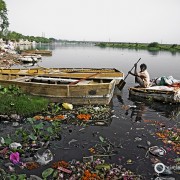
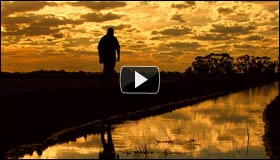
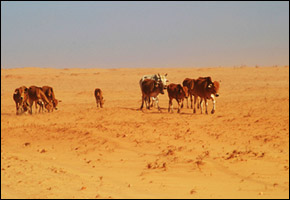

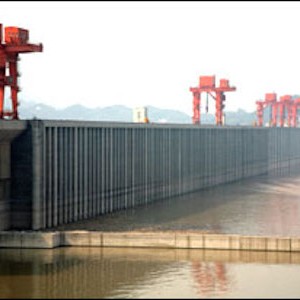
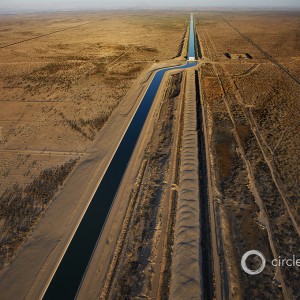
Leave a Reply
Want to join the discussion?Feel free to contribute!